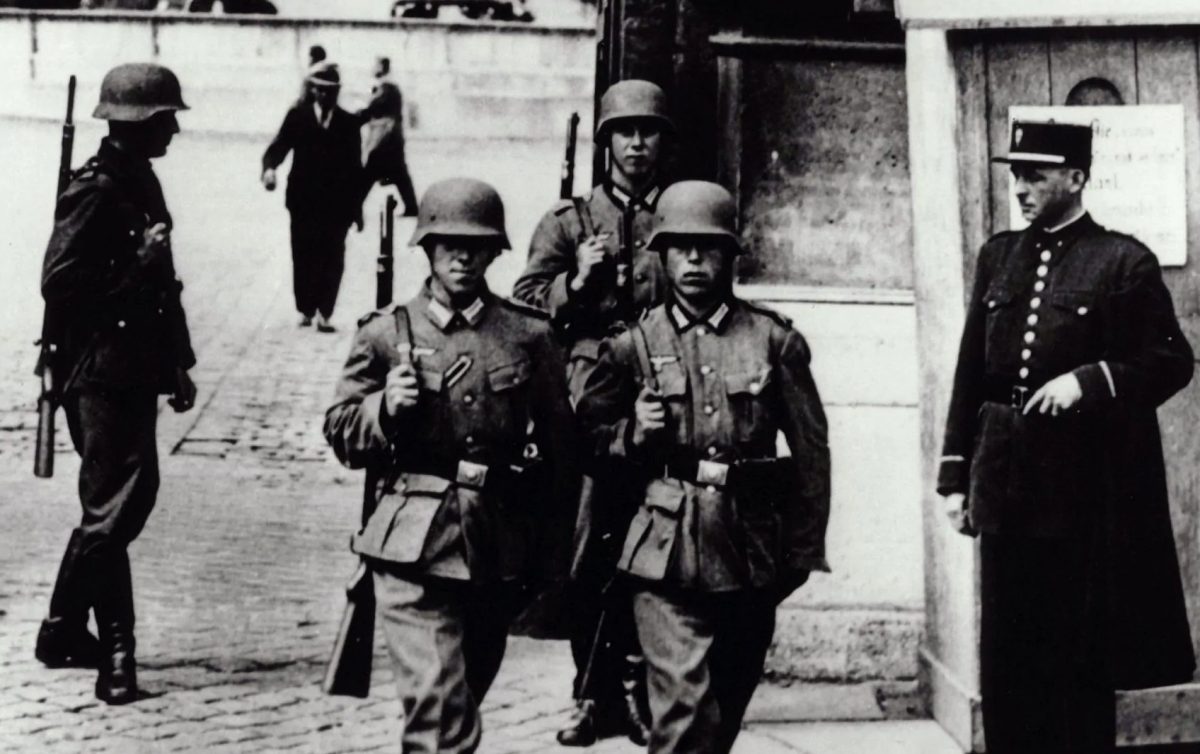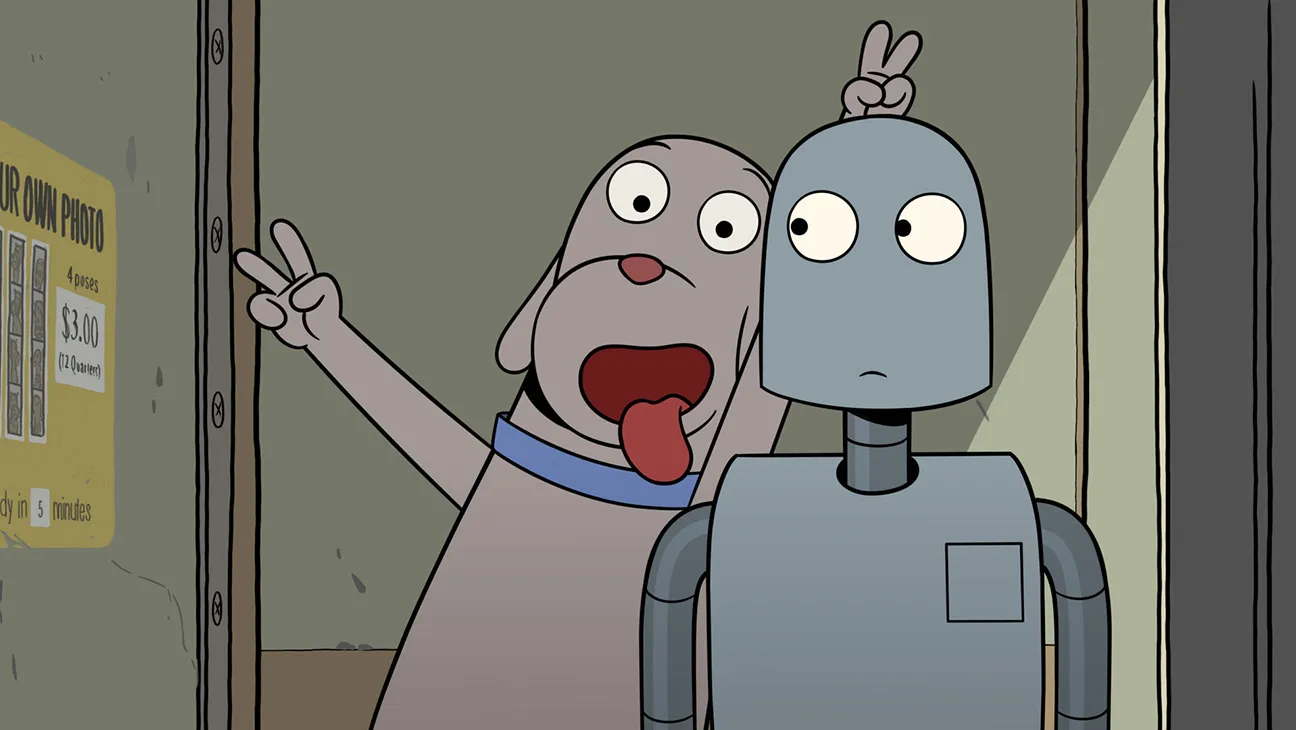Collaboration and Resistance
by Pauline Kael
Inexplicably, despite everything — the suicidal practices of the film industry, the defeat of many people of talent, the financial squeeze here and abroad — this has been a legendary period in movies. Just since last March: The Conformist, McCabe & Mrs. Miller, Sunday Bloody Sunday, The Last Picture Show, Fiddler on the Roof, Murmur of the Heart, The Garden of the Finzi-Continis, Cabaret, The Godfather, and, of course, the films one may have major reservations about — the smash-bang cops-and-robbers. The French Connection and the controversial A Clockwork Orange and Straw Dogs. In addition: Jane Fonda’s portrait of a call girl in Klute, George Segal’s wild, comic hustling junkie in Born to Win, George C. Scott’s bravura hamminess in The Hospital, the documentary-style Derby, the childishly primitive, touching, messed-up Billy Jack, the casually diverting Skin Game, and the comedies Bananas and Made for Each Other. A reviewer could hardly ask for more from any art, high or popular, and that list shows how far movies have gone in blurring the distinction. And now The Sorrow and the Pity, a documentary epic on the themes of collaboration and resistance.
The Hollywood war movies were propaganda for our side, and put us in the comfortable position of identifying with the heroic anti-Nazis. The Sorrow and the Pity makes us ask what we and our friends and families would actually have done if our country had been invaded, like France. Wartime France presents one of the most intricately balanced moral dilemmas imaginable, since, of all the countries occupied by the Nazis, the French were the only people to cave in and support a regime (the Pétain government, with its capital in Vichy) that actively collaborated with Hitler. That fact has been buried from sight in France, and a legend of national heroism has been officially encouraged; the government decided that the public was “not yet mature enough” to see this film on television. “Myths,” according to the Gaullist official who made the decision, “are important in the life of a people. Certain myths must not be destroyed.”
The Sorrow and the Pity is both oral history and essay: people who lived through the German occupation tell us what they did during that catastrophic period, and we see and hear evidence that corroborates or corrects or sometimes flatly contradicts them. A good portion of the material is no more than informed, intelligent television interviewing; what makes the film innovative is the immediate annotation of what has just been said, and the steady accumulation of perspectives and information. As the perspectives ramify — when we see the people as they are now and, in old snapshots and newsreel footage, as they were then — we begin to get a sense of living in history: a fuller sense of what it was like to participate in the moral drama of an occupied nation than we have ever before had. When history literally becomes the story of people’s lives, we can’t help but feel the continuity of those lives and our own. There’s nothing comparable to The Sorrow and the Pity. Yet the director, Marcel Ophüls, didn’t need to invent a new kind of mirror to hold up to us; all he needed to do was to hold up the old mirrors at different angles.
The Second World War was heavily recorded on film, and Ophüls draws upon newsreels from several countries and also upon propaganda shorts designed to educate and inspire the citizenry. The bits are fresh selected, it might almost seem at first, to make marginal points; even those of us who know that period on film haven’t seen much of this material. A piece of Nazi newsreel shows captured black troops from the French Army as evidence of France’s racial decadence; another bit, on how to recognize a Jew, shows a collection of photos, including a glimpse of an infamous poster of Ernst Lubitsch — which, it is said, broke his heart when he realized he was being used as the model of Jewish bestiality. Pétain, visiting a schoolroom, talking high-mindedly, is the model of rectitude. There are fragments that in context gain a new meaning: the viciousness of shaving the heads of the women who had slept with Germans is horrible enough without the added recognition that probably those who did the shaving had spiritually slept with the Germans themselves. Ophüls sustains a constant ironic interplay between the old film clips and the interviews with those who gave orders, those who took orders, those who suffered and survived, and those who went on as before. The period (1940-44) is so recently past that it’s still possible to delve into the psychology of history: The Sorrow and the Pity is about the effects of character upon political action.
It’s one of the most demanding movies ever made — four hours and twenty minutes of concentrated attention. Narration, titles, voice-over translations that finish quickly so you can hear the actual voices in their own languages — Ophüls employs a variety of devices to get the data to the audience, and he tries to be aboveboard, as in the matter of the voices. (You can decide for yourself whether the dubber misrepresents the person’s character.) You really process information, and doing so makes you aware of how falsely the phrase is applied to the unconscious soaking up of TV commercials and banalities. You experience the elation of using your mind — of evaluating the material, and perceiving how it’s all developing, while you’re storing it up. There’s a point of view, but judgments are left to you, and you know that Ophüls is reasonable and fair-minded, and trying to do justice to a great subject: how and why the French accepted Nazism, and then rejected what they had done, so that it was lost even from public memory. The Occupation has long been demythologized in print, and this film does not attempt to replace the printed studies; it does something different. On film it’s possible to incorporate the historian’s process of research — to show us the witnesses and the participants, so that we are put in the position of the investigators, seeing what they see and trying to frame some conclusions. Inevitably, the picture gets better as it goes along: the more we have to work with, the more complex our own reactions become. There’s grace in Ophüls’ method; he helps us to see that the issues go way beyond conventional ideas of assessing guilt — that the mysteries of human behavior in the film are true mysteries.
The cast is made up of the known, such as Pierre Mendès-France, Georges Bidault, Anthony Eden, and Albert Speer, and the unknown, who are principally from the small industrial city of Clermont-Ferrand, which the movie focusses on. Clermont-Ferrand is near Vichy and was the home base of Pierre Laval, and it is in the Auvergne, which was one of the centers of the Resistance. Those interviewed are, in their own terms, articulate and clearheaded, and are at their ease; no one appears to feel any guilt about past conduct. Whatever they did, they have, from what we can see, made their peace with themselves, though an upper-class Frenchman who fought alongside the Nazis in Russia appears to be almost in mourning for his duped and wasted youth. Some are less reflective and more open than we could have expected: Petain’s Minister of Youth discusses his morale-building among French children; a former Wehrmacht captain who was stationed in Clermont-Ferrand defends his right to wear his war decorations. From England, Anthony Eden, who used to look weak and foolish, suggests that anyone who did not live under the Occupation cannot judge the French. He comments on those days with great dignity and humanity: who would have expected him to age so intelligently? The heroes of the Resistance are the most unlikely people — stubborn, rebellious “misfits”: a genial, though formidable, farmer, a bohemian aristocrat who at one time smoked opium, a diffident homosexual who became a British agent in France in order, he says, to prove that he was as brave as other men. They’re not like the fake heroes in Hollywood’s anti-Nazi movies, and they’re impossible for us to project onto: we would be diminishing them if we tried. People who suffered tell stories of iniquities that we can scarcely bear to hear; others remember nothing, selectively. One man saw no Nazis and doesn’t believe Clermont-Ferrand was occupied.
Were the French perhaps so passive in the Second World War because they were still depleted by their courage and sacrifices in the First World War? All sorts of speculative questions come to mind, and there are aspects of what happened in France in the early forties that I wish the film had clarified; for example, that the Germans had taken two million French prisoners of war, and that the promise of liberating these prisoners was a factor in encouraging France to fill its industrial quotas. Still . . . the French cooperation was peerless. The picture neglects to point out that the French Communists, serving the interests of Russian foreign policy (it was during the period of the Hitler-Soviet pact), were collaborationists until Hitler invaded Russia. But then the movie doesn’t go into the close ties between the Catholic Church and the Vichy government, either. There are probably countless areas in which specialists would ask for more emphasis or greater detail, but that is true of almost any written work of history, and such works do not provide the psychological understanding that this film does.
We see that those who were inactive were not necessarily indifferent to the suffering of others: a sane, prosperous pharmacist sits, surrounded by his handsome children, and, without attempting to deny knowledge of what was going on, tells his reasons for remaining apolitical. They’re not bad reasons — and who could call a man a coward for not having the crazy, aberrant nobility it takes to risk his life (anti maybe his family)? (It’s especially difficult for a woman to pass judgment, since women are traditionally exempted from accusations of cowardice. For most women, the risk of being separated from their children is a sufficient deterrent from any dangerous political acts, and who considers them immoral for that, even though they constitute a huge body of the docile and fearful?) It’s only when you think of a country full of decent, reasonable people with such good reasons that you experience revulsion. The inactive, like the pharmacist, and the actual collaborators are easily accessible to the camera — perhaps more so than the resisters, because there is something special about the nature of intransigence, and maybe for that we need a literary or dramatic artist rather than a documentarian. But this film goes very far in bringing those approaches together. There may be a streak of romanticism in the way Ophüls leads us to the theory that only loners and black sheep — and workers and youth — are free enough to resist authority; I wasn’t convinced, but I was charmed. I would like to know more of Louis Grave, the Maquis farmer who was betrayed by a neighbor and sent to Buchenwald: what formed this man that makes him so solid and contained, so beautifully rooted? When he tells about an old German’s slipping him an apple when he was starving, you know that “documentary” has no boundaries. Louis Grave and his apple might be out of Grand Illusion, while Maurice Chevalier singing away becomes a little like the m.c. in Cabaret. We enjoy him, yet his entertainer’s soul is perplexing; there’s an element of the macabre in his good cheer. A German comedian entertaining troops and straining for laughs has that same macabre gaiety — the emblem of show business — but he’s coarser (and German), and so less troubling. Chevalier’s recurrent presence gives the film a lilt of satirical ambiguity.
It was in France during the Occupation that Simone Weil wrote, “Nothing is so rare as to see misfortune fairly portrayed. The tendency is either to treat the unfortunate person as though catastrophe were his natural vocation or to ignore the effects of misfortune on the soul; to assume, that is, that the soul can suffer and remain unmarked by it — can fail, in fact, to be recast in misfortune’s image.” She was writing about the Iliad, but she was writing about it because the Nazis, like the Greek and Trojan warriors, were modifying the human spirit by the use of force. It is the highest praise I can offer The Sorrow and the Pity to say that in it misfortune is fairly portrayed. One is left with the question of whether (and how much) the French really have been marked — in the long run — by the Nazi experience.
New Yorker, March 25, 1972





